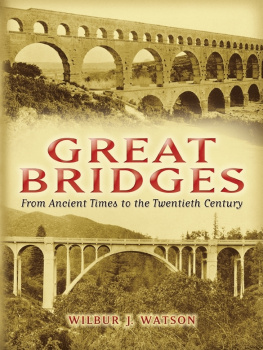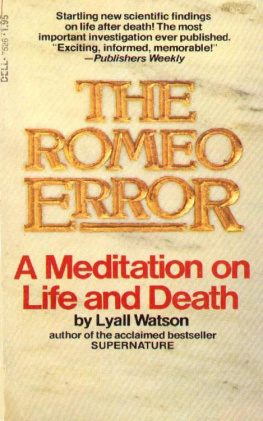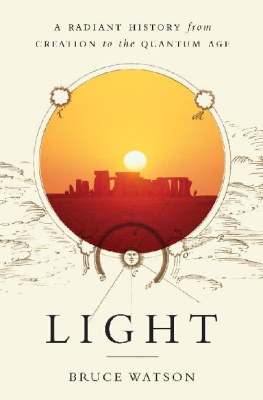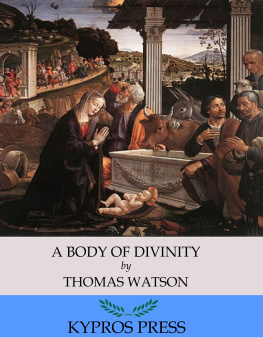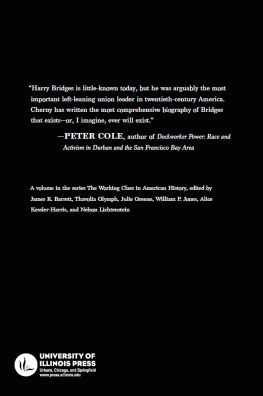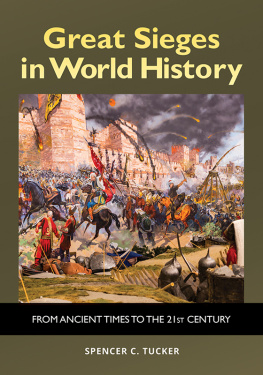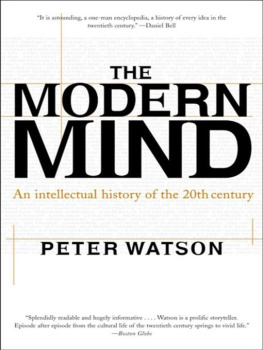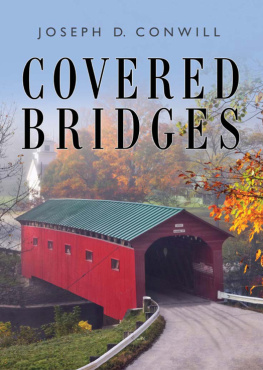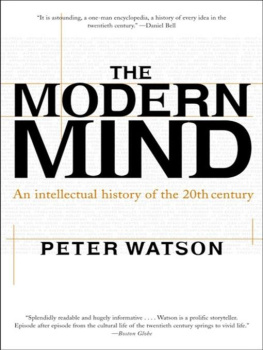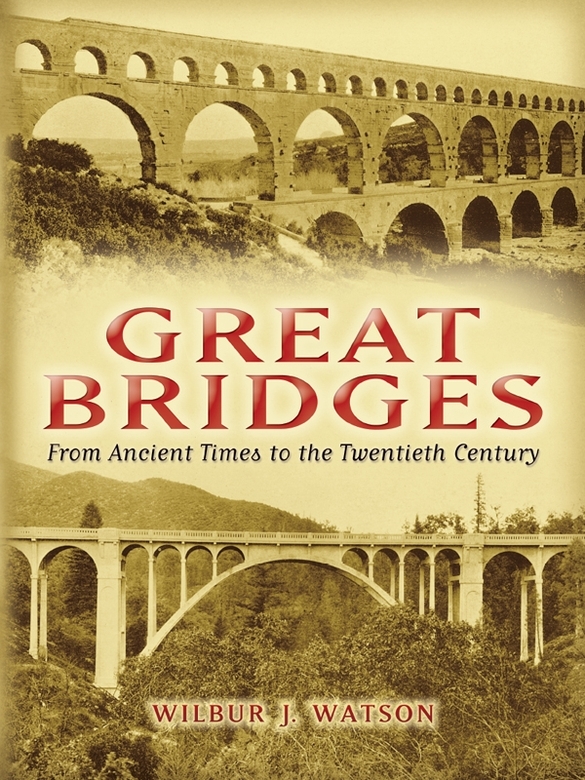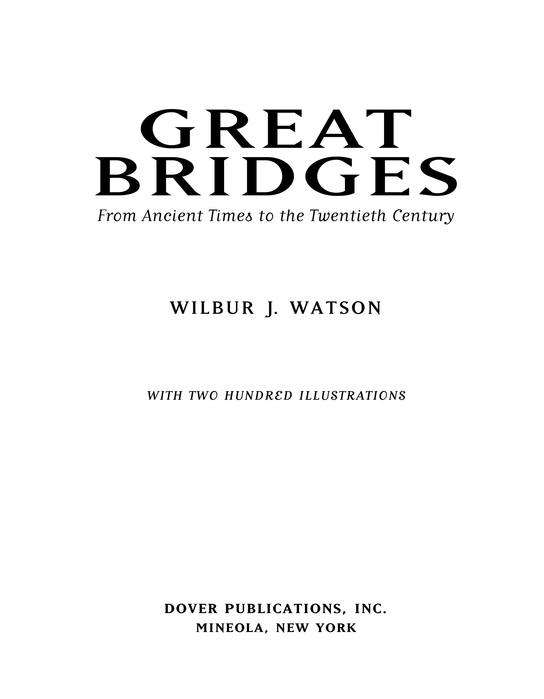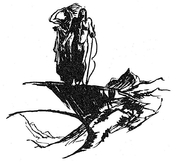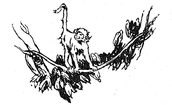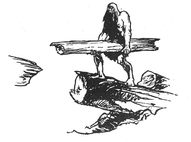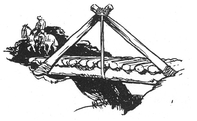Bibliographical Note
This Dover edition, first published in 2006, is an unabridged republication of the work originally published in 1927 by William Helburn, Inc., New York, under the title Bridge Architecture, Containing Two-Hundred Illustrations of the Notable Bridges of the World, Ancient and Modern with Descriptive, Historical and Legendary Text.
Library of Congress Cataloging-in-Publication Data
Watson, Wilbur J. (Wilbur Jay), 18711939.
[Bridge architecture]
Great bridges : from ancient times to the twentieth century / Wilbur J. Watson.
p. cm.
Reprint. Originally published under title: Bridge architecture. New York, W. Helburn, c1927.
Includes bibliographical references and index.
9780486138985
1. Bridges. I. Title.
TG15.W3 2006
624.2dc22
2006040322
Manufactured in the United States of America
Dover Publications, Inc., 31 East 2nd Street, Mineola, N.Y 11501
Affectionately dedicated
to
CADY STALEY, Ph.D., LL.D.
President Emeritus of Case School of Applied Science
Cleveland, Ohio
I like a bridge
It cries, Come on
Ill take you there from here and here from there
And save you time and toil.I like a bridge
It breathes romance;
Theres new adventure on the further side
And I will help you cross.I like a bridge
It makes me think
That when a worry comes, my mind will find
Somewhere a friendly bridge.
W . G. R.
Bridges ought to have the self-same qualifications we judge necessary in all other buildings, which are that they should be commodious, beautiful and lasting.
Andrea Palladio, 1518-1580
In the history of Architecture, those bridges are the most attractive which are something more than mere passages for carriages and pedestrians.
Russell Sturgis
SEGOVIA, SPAINDETAIL OF ROMAN AQUEDUCT98 A.D.
PHOTO BY LOUIS LA BEAUME
GREAT BRIDGES
T HE late Daniel H. Burnham once defined architecture as the art of creating an agreeable form. Bridge architecture then may be defined as the art of creating bridges agreeable in form; an art, of course, that must conform to the requirements of the science of bridge engineering.
Granting that human happiness is greatly enhanced by beautiful and pleasing surroundings, it is highly desirable that utilitarian structures such as bridges should be as pleasing to the eye as it is practicable to make them and that there should be greater collaboration between the architect and the engineer with a realization on the part of each that science without art is apt to be unattractive and art without science inefficient.
The purpose of this work is to illustrate the art of good bridge design, both as to composition and detail, as exemplified by ancient and modern bridges, utilizing selected photographs for this purpose.
The text includes descriptions of many of the bridges illustrated, some historical data and considerable literary and legendary lore, all of which the author hopes will be found of interest to the lay reader, as well as to the engineer and the architect. With this object in view, technical terms have been avoided as much as possible and technical data for the most part has been omitted.
The data contained herein has been gathered from many sources, but largely from the books listed under Bibliography. The photographs have been collected over a period of years from many sources. Wherever possible, full credit has been given to the designers of the structure illustrated, and also to the source from which the photograph was obtained.
The reader will note that many of the best designed bridges of the Modern Period are those in the design of which engineers and architects collaborated.
Critical quotations from various writers, ancient and modern, have been freely used in this text, and the reader will note that there is considerable disagreement among these writers on many questions of architectural design, such as the propriety of using the classical architectural motives as ornamental features on bridges.
While a small amount of original criticism of certain designs and tendencies will be found in the text, it has been the authors aim to bring together, under a single cover, a considerable number of illustrations of selected designs for critical study by the reader.
The bridge is one of the most important of architectural developments, and it is with the hope of quickening interest in the subject that this volume has been prepared.
Special acknowledgment for valuable assistance is made to Professor F. H. Neff, Professor F. H. Constant, Professor Geo. S. Beggs, Mr. Clement E. Chase, all members of the American Society of Civil Engineers, to Mr. A. T. North, member of the American Institute of Architects, and to Mr. William Ganson Rose, editorial counsellor.
CLASSIFICATION BY TYPES
BRIDGES ARE CONSIDERED HEREIN AS DIVIDED INTO FIVE TYPES, EACH TYPE UTILIZING A DIFFERENT MECHANICAL PRINCIPLE AS THE BASIS OF ITS DESIGN, AS FOLLOWS:
The Arch, the mechanical principle of which is that of a curved structure, the elements depending upon the compressive strength of the material used. The corresponding example in nature is the natural stone arch.
The Simple Beam, depending primarily upon the bending strength of the material. The natural example is that of the fallen tree spanning a stream.
The Suspension, or cable bridge, utilizing the simple principle of the cord in direct tension, as illustrated in nature by the swinging vine, utilized by monkeys in passing from one tree to another.
The Cantilever, making use of mechanical principles similar to those of the simple beam, but requiring an anchorage at one end. Quite probably, primitive man discovered the principle at a very early stage of his development, and made use of it to construct longer spans than he was able to build with simple beams.
The Truss, requiring the use of connected members, some in compression, some in tension, and some as simple beams, seems to have been utterly beyond the comprehension of the barbarian, and, in fact, belongs almost exclusively to modern civilization.

